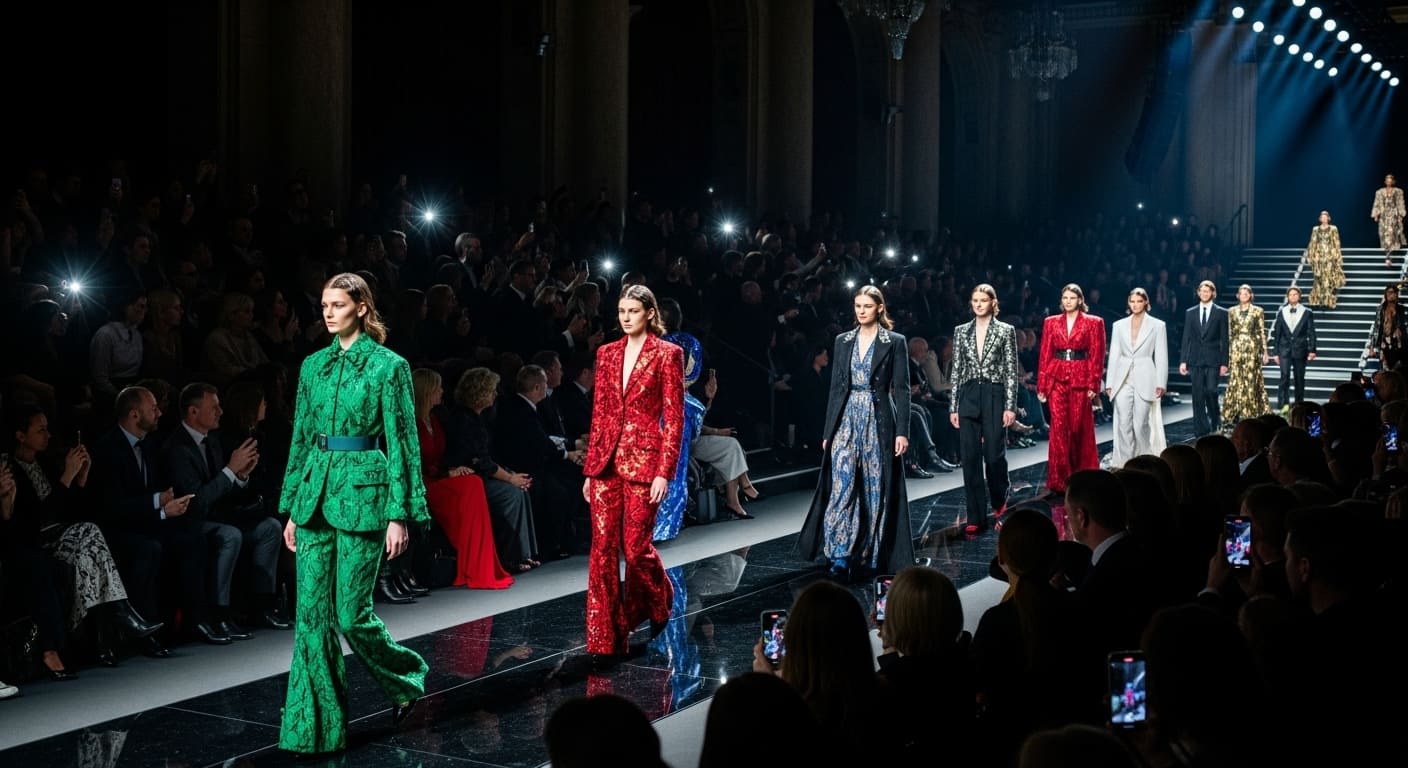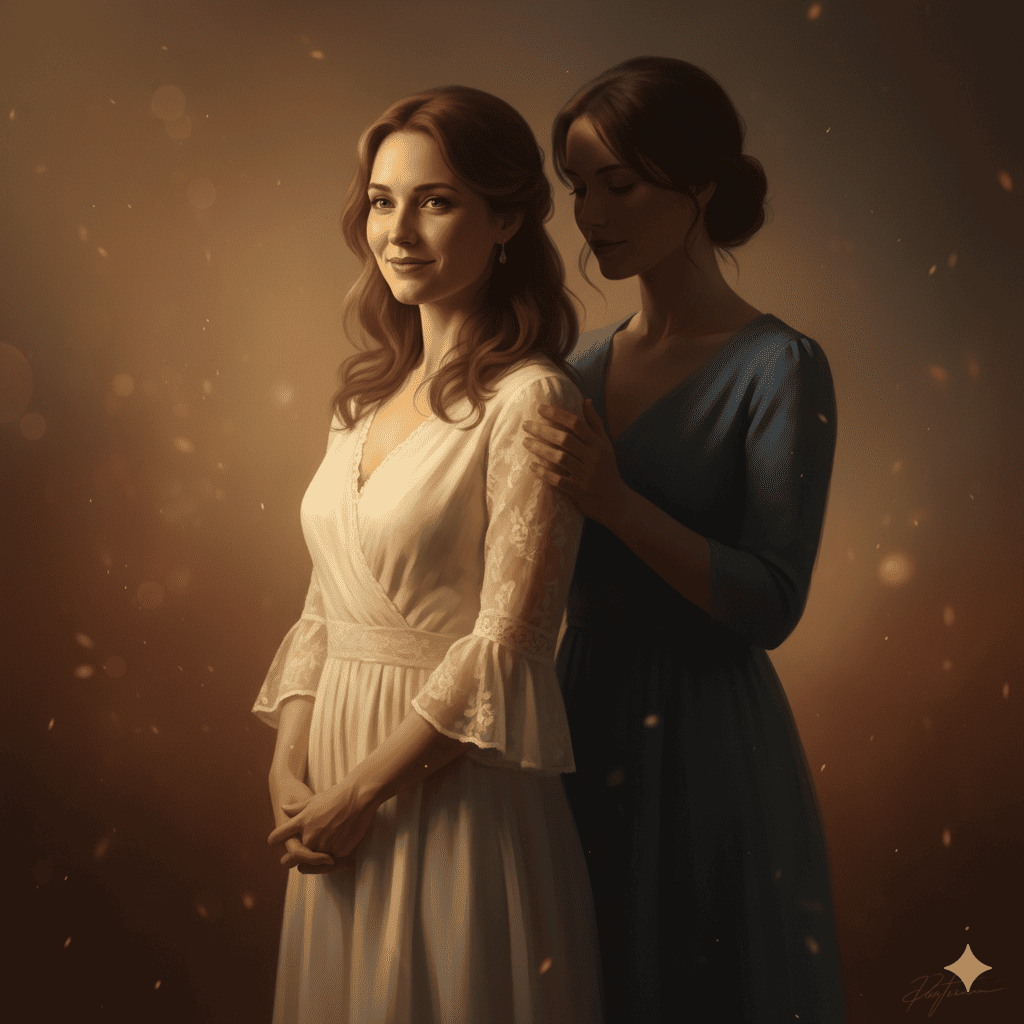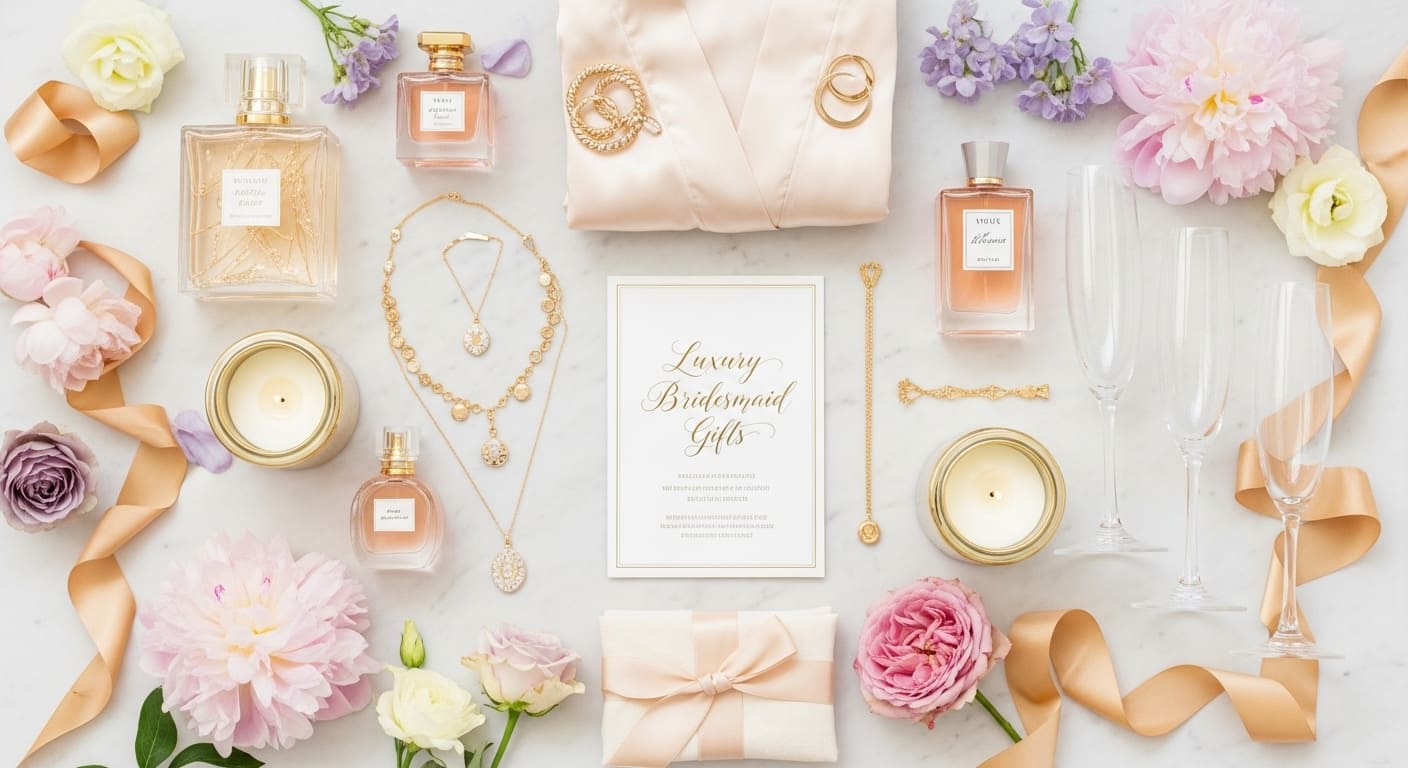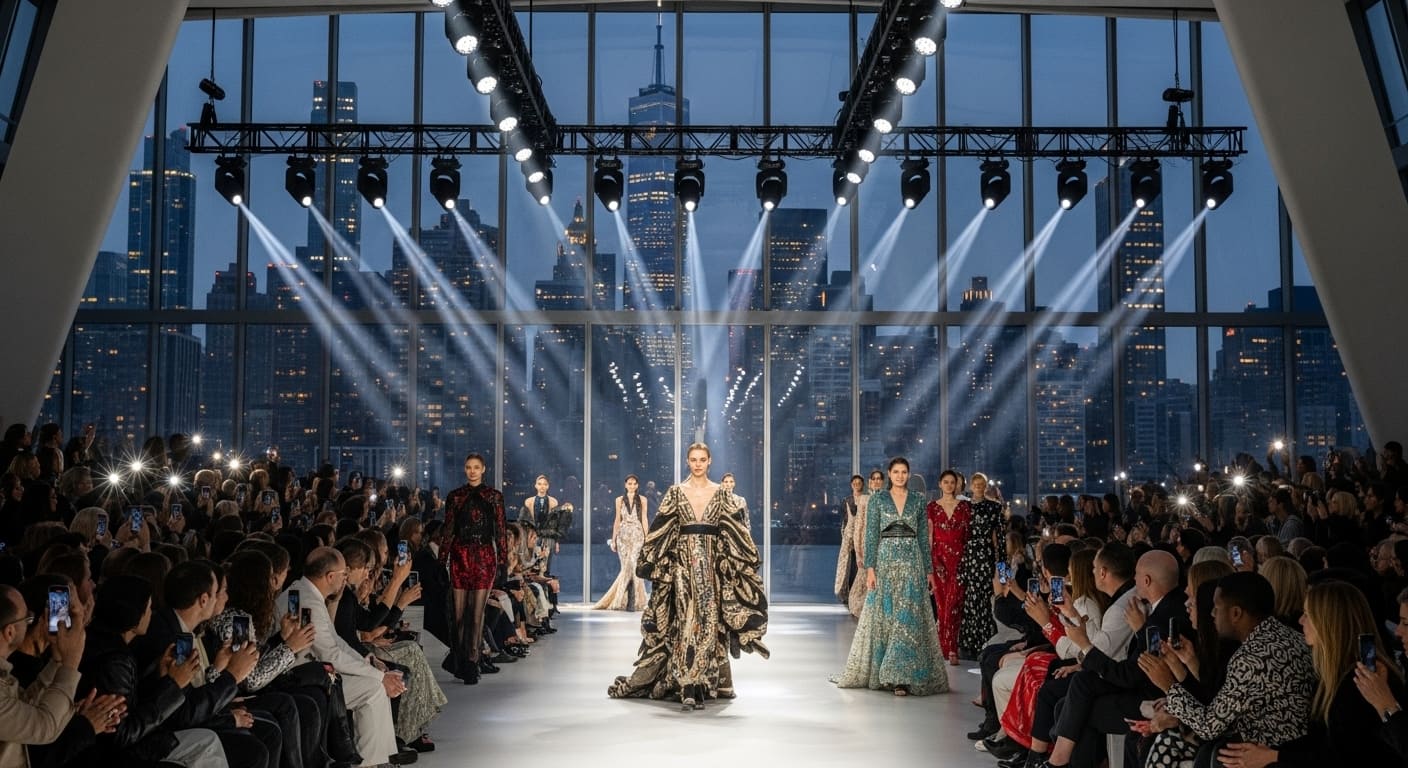Introduction:
The lights dimmed, the cameras started clicking and the audience fell silent. Fashion Week 2025 was not just another fashion show; It was a grand statement – a global conversation about creativity, sustainability and individuality. From Paris to Milan, New York to Tokyo, the world’s most visionary designers transformed the runways into an emotional symphony of clothes, shape and fearlessness.
This season, the boundaries between art and fashion were blurred. The designers spoke through silhouettes, textures and colors that felt deeply personal and universally resonant. As the world watched, Fashion Week 2025 became more than a show – it became a manifesto for contemporary style.
Let’s go behind the velvet rope and meet the top designers who really made headlines this season.
1. Maria Lopez – The dream weaver in Paris
Under the golden chandeliers of the Grand Palais, María López, the Spanish-born designer who redefined haute couture, unveiled a collection that felt like poetry in motion. Titled ‘Ethereal Echoes’, her designs floated down the runway – sheer layers of silk organza embroidered with glass beads, inspired by the sound waves of the ocean.
Each garment sparkled like sunlight caught in water, blurring the line between clothing and fantasy. Critics called it a “visual lullaby”. Lopez’s attention to detail—the handmade corset, the flowing drape, and the airy-bright palette—demonstrated a keen sense of balance and emotion.
{ In 2025, we will no longer dress to perfection,” Lopez told Vogue Paris. “We wear clothes for feeling – for mobility, for survival. }
His collection reminded the fashion world that the future of fashion lies not in extravagance, but in the soul.
2. Hiroshi Tanaka – Where minimalism meets technology
At Tokyo Fashion Week, Hiroshi Tanaka’s futuristic collection titled “Neo-Kimono” was a revelation. The Japanese designer combined traditional silhouettes with AI-powered textile patterns that change color under the light.
Imagine a kimono glowing with neon blue pulsations as the model walks – it was Tanaka’s runway moment. Made from recycled fibers and smart fabrics, the line blends craftsmanship with innovation, tradition with tomorrow.
Tanaka’s genius lies in restraint. His clean, architectural lines celebrated the serene beauty of Japan, while his use of motion-responsive threads hinted at fashion’s digital future.
{ Technology should enhance emotion, not replace it” Tanaka said post show— a statement that resonated far beyond the runway. }
Tanaka didn’t just design clothes at Fashion Week 2025. They designed an experience—one that transformed sustainability and innovation into usable art.
3. Amara Diop – The Voice of Vibrant Heritage

From Milan Fashion Week, all eyes were on Senegalese-Italian designer Amara Diop, who redefined the meaning of celebrating culture through textiles. Her collection, “Roots & Radiance”, was a kaleidoscope of colors – rich indigo, saffron and emerald that paid homage to her African roots while embracing Italian tailoring.
Her models danced barefoot on the runway, adorned with handmade jewelry made by Dakar artisans. The fabrics – ethically sourced cotton and organic silk – tell stories of community and identity.
{ Every stitch has a story,” Diop said. “I don’t design trends, I design memories. }
The audience stood and applauded, and it was easy to understand why. Diop’s show wasn’t just fashion—it was a cultural awakening that brought depth and authenticity to the global stage.
4. Alessandro Ricci – The Revivalist of Roman
When Alessandro Ricci’s show started at Milan Fashion Week, time seemed to run out. His collection, “Il Giardino Segreto” (The Secret Garden), exemplified Old World romanticism. Velvet capes, corset dresses and intricately laced gloves revived the high drama of Italian couture – but with a modern twist.
Ricci’s runway looked like a dream sequence from a classic movie – soft violins playing as petals fell from the ceiling. His designs whispered nostalgia, but with a sense of renewal that resonated with a generation that desired timeless beauty.
{ Romance never goes out of style,” Ricci told Harper’s Italia. “It just evolves.” }
At Fashion Week 2025, his work reminded us that in a world of fast trends, slow craftsmanship still reigns supreme.
5. Priya Kapoor – The Architect of Modern Femininity
At New York Fashion Week, Priya Kapoor’s collection was a masterclass in modern empowerment. “The Power Edit” included sharply tailored blazers, flowing skirts and metallic accents – a fusion of power dressing with poetry.
His inspiration came from the architecture of New York – the steel lines of the skyscrapers meeting the flow of city lights. Kapoor’s creations celebrated women leading with strength and grace, capturing the essence of modern womanhood.
{ We’ve moved beyond defining femininity by softness,” she said. “Power can be soft. Grace can be strong. }
Her show was praised for its inclusiveness with models of all sizes, ages and backgrounds – a defining moment for Fashion Week 2025 and a reflection of the industry’s long-awaited evolution.
6. Elio Marquez – The Rebel of Reinvention
London have always loved rule breakers and Elio Marquez was their most feared player this season. His “Dystopia Deluxe” collection mixed streetwear with high fashion – distressed leather jackets, holographic skirts and chains repurposed from industrial scraps.
Marquez’s rebellious energy reminded viewers that fashion is essentially the language of defiance.
{ I design for chaos,” he said. “Fashion should question comfort – that’s where style begins. }
Critics called her show the heartbeat of Fashion Week 2025 – raw, electric and extremely daring. Their use of recycled materials and digital embroidery further propelled London’s reputation for edgy creativity into the future.
7. Celeste Nguyen – The Queen of Quiet Luxury

In a season full of drama, Celeste Nguyen’s collection stood out for its silence. At Paris Fashion Week, her minimalist line “Whispers of Silk” explored the concept of restraint and elegance in simplicity.
Soft beige tones, delicate pleats and feather-light fabrics created an atmosphere of quiet sophistication. Nguyen’s approach was less about looks and more about feeling – garments that feel like a new skin, sewn with intention.
{ Quiet doesn’t mean invisible,” she said. “It means being confident enough not to shout. }
Her calm collection became one of the most talked about fashion weeks of 2025, proving that subtlety is still the ultimate form of sophistication.
8. Luca Bianchi – master of menswear
This year menswear took a bold turn and Luca Bianchi led the way. Her presentation at Milan Fashion Week blurred gender lines with flowing silhouettes, silk blazers and sculpted outerwear.
Bianchi’s message was clear – masculinity is no longer defined by toughness, but by expression. His designs balanced softness with strength, combining tailored suits with sheer fabrics and intricate embroideries.
{ We are redefining what it means to be a man in fashion,” Bianchi told GQ Italia. }
His innovative vision has placed him firmly among the top designers at Fashion Week 2025, broadening the vocabulary of men’s style for a more inclusive generation.
9. Sofia Martinez – The digital dreamer
When Sofia Martínez presented her collection in a hybrid virtual-physical format at Los Angeles Fashion Week, she thought about what a runway could be. Using augmented reality, viewers can experience her designs – dubbed “MetaMuse” – through interactive 3D projections.
Their clothes, with LED accents and digital prints, reflect a new era of technology-driven creativity. Yet, despite the novelty, her pieces retained a delicate femininity – pastel tones, airy fabrics and soft movements.
{ Technology is my canvas,” Martínez said. “But the feeling is still brushed. }
Her ability to blend technology and artistry makes her one of the most exciting new voices from Fashion Week 2025.
10. The collective impact– A new era of fashion
Beyond individual talents, Fashion Week 2025 revealed something deeper – a change in the soul of the industry. Diversity was not merely symbolic; It was celebrated. Sustainability was not an afterthought; This was integrated into the design philosophy.
The designers talked about climate, culture and connection. Fashion once again became a medium for storytelling – a mirror of who we are and who we want to be.
From the romantic craftsmanship of Maria Lopez to the digital artistry of Hiroshi Tanaka, each designer reminded the world that beauty is not just seen; It has been felt.
Conclusion:
As the last spotlights dimmed and the cameras packed away, Fashion Week 2025 left behind more than unforgettable looks – it left its mark on the future of creativity.
This season, the real stars weren’t just models or front-row guests. They were dreamers who dared to imagine differently – who brought emotion to clothes, culture to textiles and innovation to beauty.
Fashion Week 2025 proved that fashion is no longer about following trends – it’s about shaping the narrative of our time.












